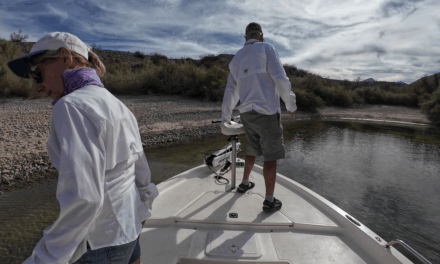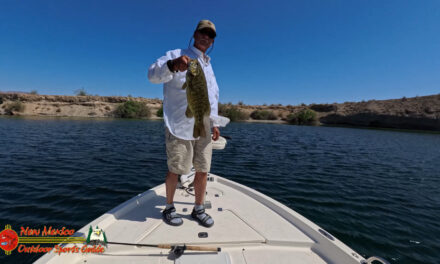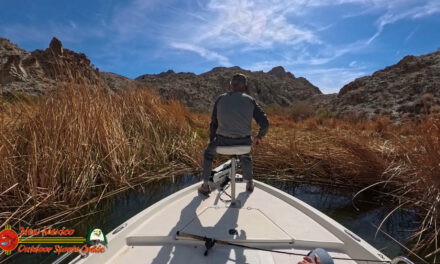Lake Livingston Bass Fishing Report September 1996 – Lake Mohave
The month of September is the beginng of some excellent bass fishing on Lake Livingston. The heat waves of summer are almost over and with the rains we are getting the lake level is sure to be on the rise.
Black Bass: Spinnerbaiting bass on Lake Livingston each Fall has become well known among the local bass fishermen. Running the shoreline and slow rolling spinnerbaits around laydowns, standing timber, rocks, reeds, and other shoreline structure is the ticket from now until December. This pattern works well all year long but is especially effective during the Fall. Also fishing buzzbaits, pop r’s, and zara puppies will draw aggressive strikes from black bass as the water begins to cool. Cooler water temperatures will create bigger strike zones for bass and make them easier to catch.
White Bass: The first few months of Fall sends the white bass in many directions. They tend to scatter and gradually push into some of the major feeder creeks and up the river. By October there is usualling some good schooling activity around Bethy and Harmon Creeks. However, there is always some whites on the main lake humps where we have caught them all summer.
Crappie: Standing timber and brushpiles in 10-15 feet of water have been producing crappie. Minnows and jigs have been the best baits.
Catfish: Trotliners are continuously catching numbers of catfish. For rod and reel action fish the main river channel on the north end or any of the bulkheading of the south end. Also most of the marinas have fishing areas and catfish can be caught there. Various prepared doughbaits, chicken liver, or fresh shad will get you hooked up with catfish day in day out.
Remember the lake is low and be careful running the timber and also the creeks. The creek mouths up north can be difficult to enter because of the sandbars that build there. Some of these sandbars are exposed and some just below the surface. The lakes are easily navigable if you pay attention to water color(looking for shallow sandbars) and watch your flasher.
Bill Cannan Professional Fishing Guide – Lake Mohave
Read More




